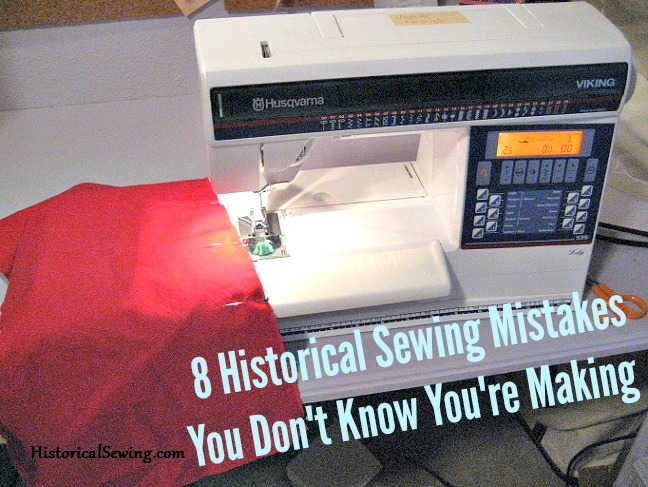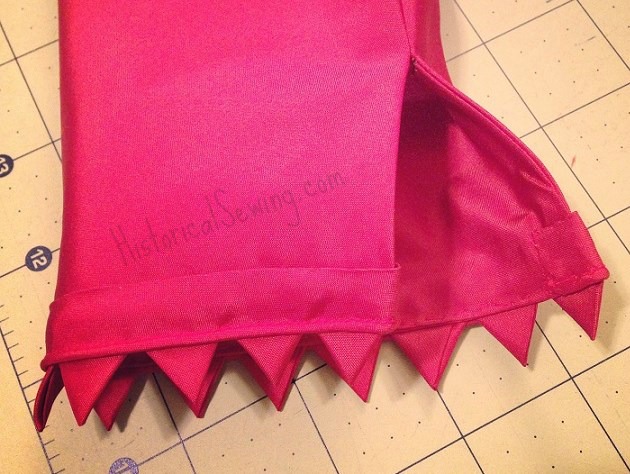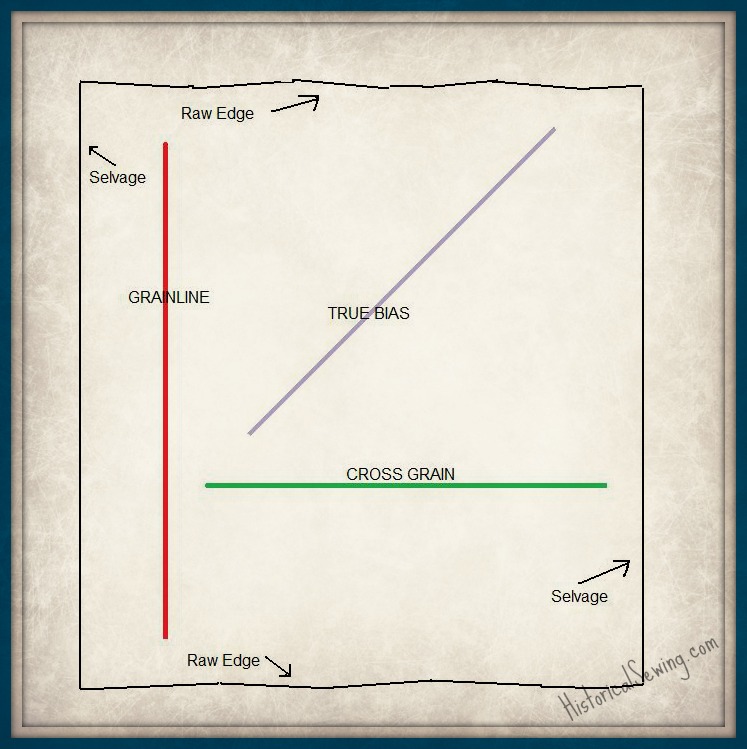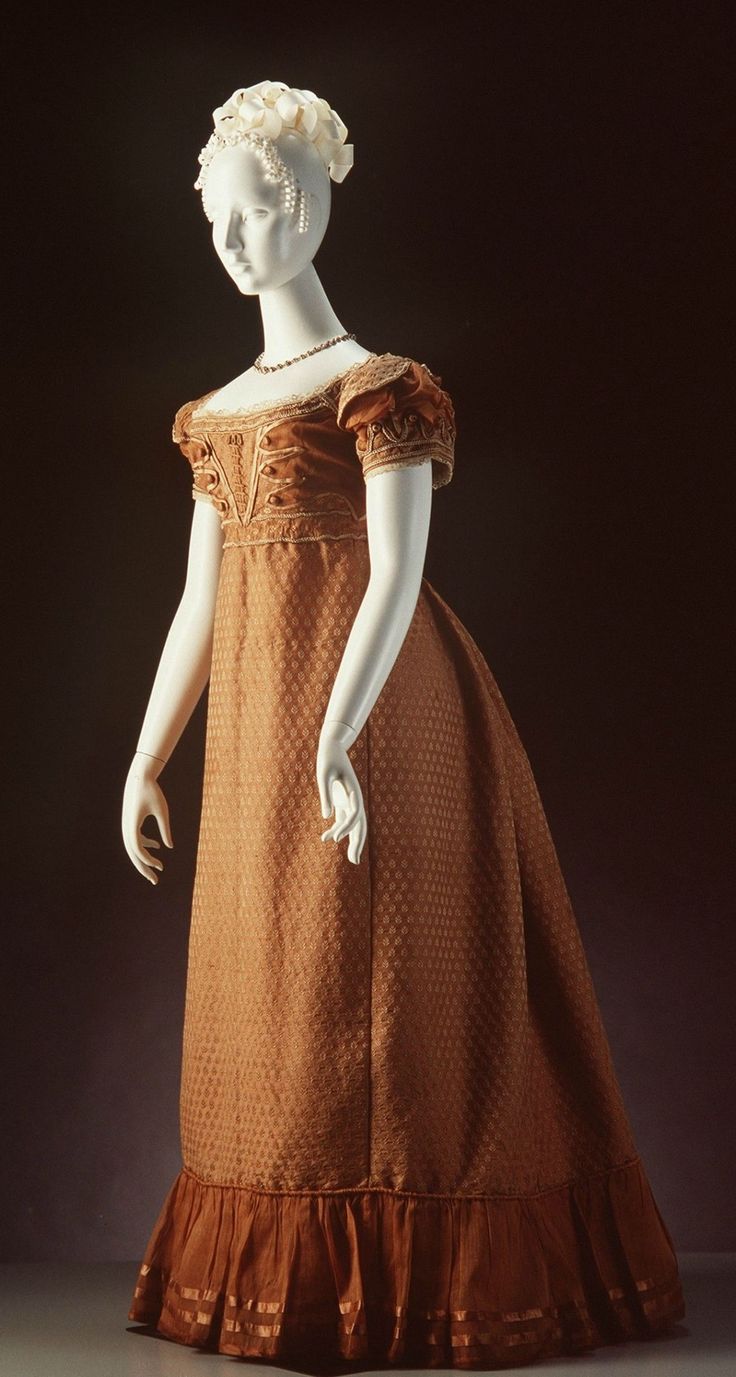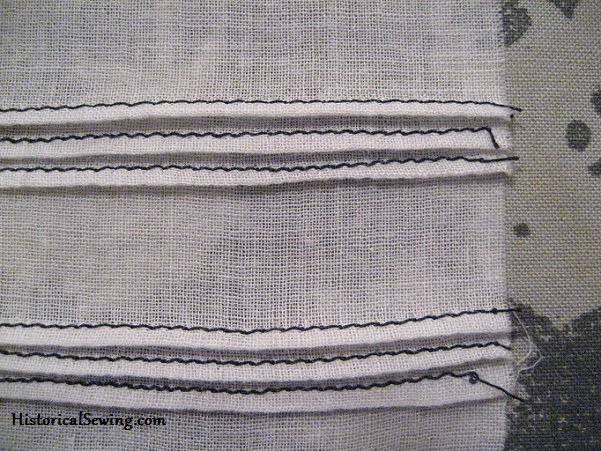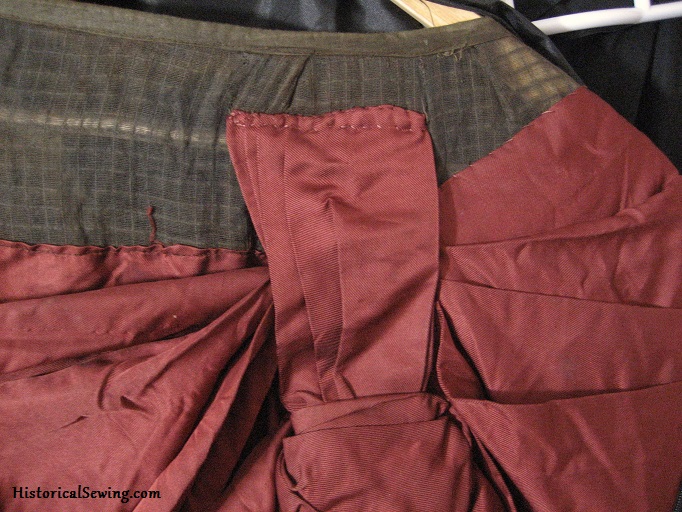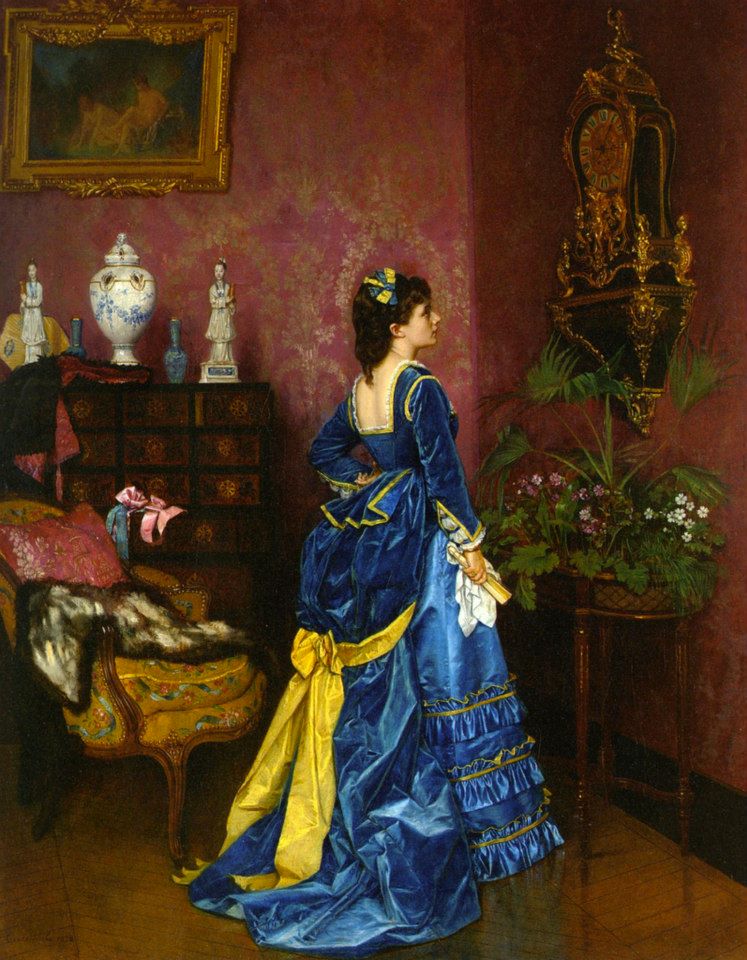OMG – piping! Some costumers cringe even just thinking about piping, others squeal with delight. Or some are simply: “What’s the big deal about piping?” What’s the big deal?!? Well… everything! Piping is THE historical definition of design lines AND the support of seams that receive so much wear & tear. (Remember, our ancestors Read More...
Category: Sewing Tips
8 Historical Sewing Mistakes You Don’t Know You’re Making
As we worry about how that seam or hem will come out, we also fret over whether we’re doing it right or not. I say, don’t worry about “doing it right.” Sew your project how you see fit. Use a new technique you’ve read up on. Practice – again- that same step you’re always trying Read More...
Van Dyke Points for a 1830s Dress
“Please tell us how you made those little points!” – This was the general request when I posted the above photo on the Facebook page showing my dressmaking progress on the 1838 Persimmon Puff dress. Now, I have been calling them “teeth” but after some research and useful suggestions from my followers they are van Read More...
Tips for Working with Fabric Grainlines
We all want our garments to look marvelous. A lot of how they turn out is based on how we cut out the pieces. Their layout needs to work as a team with the weave of the fabric. Cutting patterns on the straight of grain is crucial for the garment to hang correctly on Read More...
Deconstruction: 1820 Copper Evening Gown
One of my favorite things to do in historical costuming is to break down an existing garment, fashion plate, or painting and figure out how to make it. It’s like candy to me – must have! So when April D. on our popular Facebook page asked me to do a deconstruction of this gown, Read More...
Pintucks – the Old Fashioned Way
Pintucks! So gloriously tiny! So delicate! So straight & even… or not. Pintucks have a charm about them. They call to us because they signify something regal or heavenly. They appear aloof and untouchable. The beauty they add to Victorian petticoats and Edwardian chemises elevate such tantalizing garments. So as dressmakers from another time, Read More...
When is Trim Applied to a Garment?
Do you love trim and passementerie? But of course you do! It’s one of the delicious elements that draw us to 19th C. clothing. I mean, gored skirt panels are rather similar no matter what decade you’re studying, but the *trim* is really what sets styles apart. When we are trying to reproduce historical fashions Read More...
A Breakdown of How to Make the 1872 Blue Velvet Dress
Many of us, I think, use paintings, photographs and fashion plates as inspiration for our historical costumes. I mean, why not? They are beautiful and fully represent the time period of our choice. So what happens when we approach the creation of a particularly (seemingly) difficult garment? It’s so easy to be trapped into inaction Read More...


